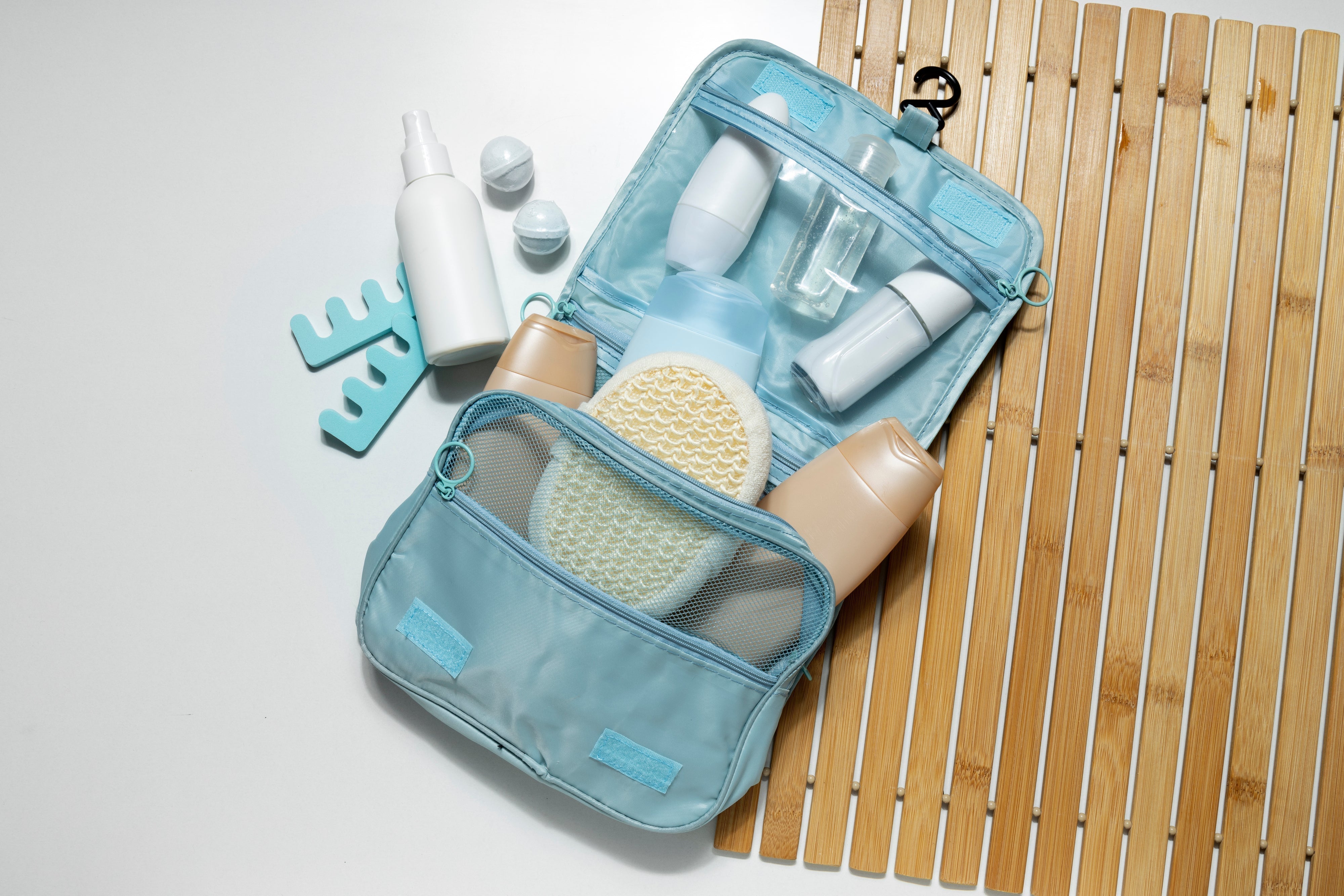How To Use Retinol: A Beginner’s Comprehensive Guide

Key Points
-
Retinol is a Vitamin A derivative that supports cell turnover, collagen production, and barrier renewal.
-
It addresses acne, ageing, pigmentation, enlarged pores, dryness, and even psoriasis.
-
To avoid irritation, start gradually and follow essential safety steps.
-
Don’t mix with harsh actives (e.g., AHA/BHA) and always pair with sunscreen.
What is Retinol?
Retinol is a non-prescription form of retinoid derived from Vitamin A. It penetrates deep into the skin to promote cell renewal and stimulate collagen. Over-the-counter options are milder than prescription retinoids, making them ideal for gradual skincare integration without overwhelming the skin.
How Retinol Works for Your Skin
Retinol binds to skin cell receptors, speeding up cell turnover and increasing collagen production. This supports smoother texture, reduced pigmentation, smaller pores, and firming of fine lines. It also enhances the penetration of accompanying skincare products for added effectiveness.
What Is Retinol Good For? Common Skin Issues It Targets

Retinol is a powerful multi-tasker in skincare, known for addressing a range of common skin concerns. Here's how it helps:
-
Acne – Keeps pores clear by preventing buildup, reduces inflammation, and normalizes sebum. Useful for adult acne.
-
Ageing & Wrinkles – Retinol stimulates collagen production to visibly reduce fine and smile lines and improve skin firmness over time—making it a go-to for those noticing early signs of ageing.
-
Pigmentation & Dark Spots – Helps fade hyperpigmentation and evens tone over time.
-
Enlarged Pores – Over time, retinol tightens and conceals pores through skin turnover.
-
Dry Skin – Though initially drying, consistent use strengthens barrier function and hydration.
-
Psoriasis – Helps normalize skin cell growth; best used under professional supervision.
-
Stretch Marks – May reduce appearance by renewing the dermal layer—but results vary.
Benefits of Consistent and Safe Retinol Application

When used regularly and with care, retinol can deliver long-lasting improvements to your skin. Here’s what you can expect:
-
Stronger skin barrier over time due to enhanced repair mechanisms
-
Improved absorption of moisturizers and serums
-
Sustained collagen production ensures ongoing youthful skin
-
Long-term resilience, reducing sensitivity despite initial dryness
Related: 21 Science-Backed Ways to Look Younger (Without Overhauling ling Your Life)
Retinol Side Effects
Retinol is effective, but it can cause temporary side effects—especially in the beginning. Here are some common reactions to watch out for:
-
Irritation, Itching, Burning: Especially when first starting or overusing
-
Redness & Peeling: Common during adjustment period
-
Sun Sensitivity: Makes you more prone to sunburn—always use sunscreen
These effects usually subside with correct usage and pacing.
How To Start Using Retinol Safely

Image by Freepik
-
Choose the Right Strength
Start with low concentration (0.025%–0.1%) and work upward based on tolerance.

Biopelle KNR Serum with 0.15% Retinol
-
Introduce Slowly
Begin 2–3 nights per week and increase frequency as your skin adjusts. -
Apply to Clean, Dry Skin
Wait a few minutes after cleansing to reduce irritation risk. -
Use a Pea‑Sized Amount
One pea-sized dab covers your face; more can cause undue irritation. -
Follow with Moisturizer
Lock in hydration to buffer and protect your skin. -
Avoid Harsh Actives
Don’t layer with strong AHA/BHA, benzoyl peroxide, or prescription retinoids. For gentler brightening, learn about alternatives to retinol.
-
Wear Sunscreen Daily
Retinol increases sun sensitivity—SPF 30 or higher is essential. -
Listen to Your Skin
If irritation occurs, reduce use or pause, then resume slowly.
Retinol vs Other Actives
-
Retinol vs Vitamin C: Retinol renews deeper layers; Vitamin C protects and brightens the surface. They complement each other when used at different times (Vitamin C in the morning, retinol at night).
-
Retinol vs Salicylic Acid: Salicylic helps acne and exfoliates, but mixing can be too harsh. Alternate nights or separate routines.
-
Retinol vs Tretinoin: Tretinoin (prescription) is more potent and effective but with greater risk. Over‑the‑counter retinol is milder and safer for beginners.
When to Seek Professional Help for Retinol Use
See a dermatologist if you experience persistent irritation, worsening skin conditions, or are unsure which concentration is best. For advanced solutions, we offer Ageing and Wrinkles Treatment like the Frac Revive Advanced + Laser + HydraFacial Package. For tailored guidance, Book a consultation.
Transform Your Skin Safely with Expert Care and Guidance
Retinol offers powerful benefits—but starting smart is key. At Skin to Heart, our expert team can tailor a retinol journey that aligns with your skin type, age, and goals. Transform your skin safely—consult with us now.
FAQs
1. What happens if you use retinol without sunscreen?
Your skin becomes more prone to sunburn, pigmentation, and long-term damage. Always pair retinol with daily SPF.
2. What is the best retinol for beginners?
Start with low‑strength options (0.025%–0.1%). Products labeled “beginner” or “starter” are ideal.
3. Is it okay to use retinol every day?
Only once your skin is fully acclimated. Begin 2–3 nights weekly, then increase to nightly as tolerated.
4. Can you use retinol while breastfeeding?
Low‑strength topical retinols are generally considered safe, but consult your doctor to be sure.
0 comments

